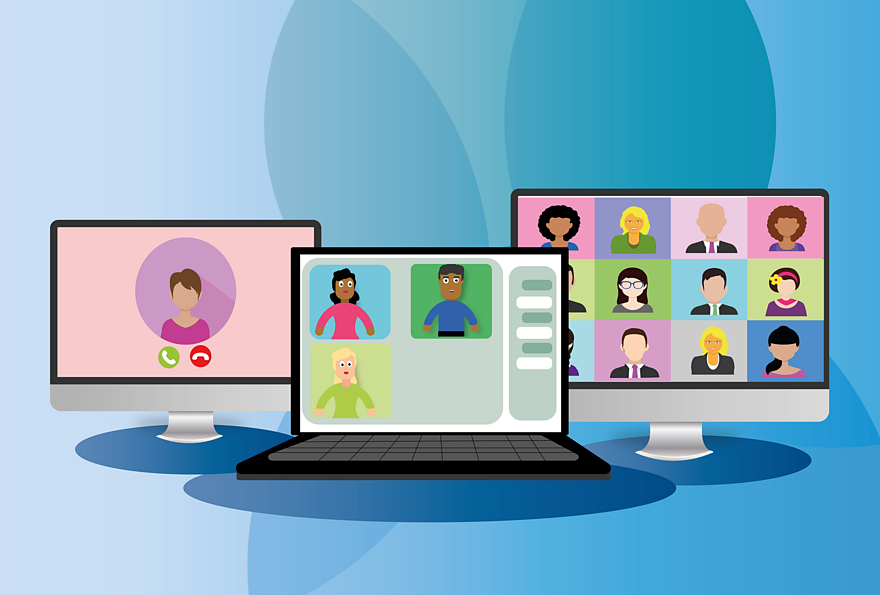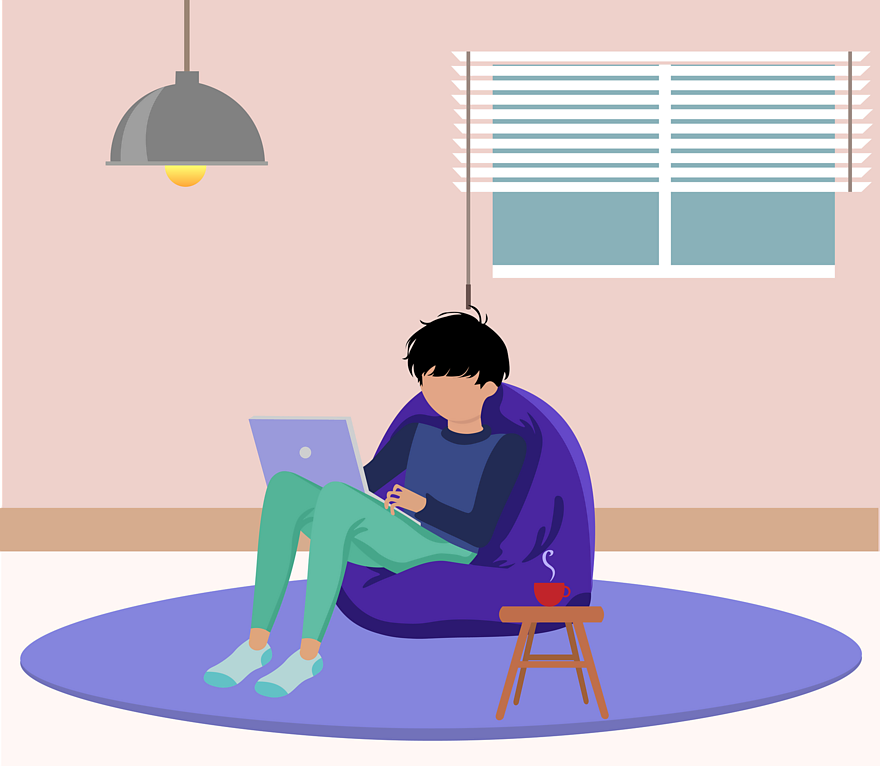Delivering events in an online first world

Events - be they workshops, hacks or meetups - are a key part of maintaining and growing the Connected Studio community of practise. They offer participants a chance to meet and engage with each other and strengthen connections. 2020 was to be no exception to our usually busy roster and it required swift action, in response to the onset of the Covid-19 pandemic, to adapt our pre-existing schedule into a digital format. As we’ve continued planning and delivering virtual events we’ve also been considering the new opportunities they present. Our colleagues across Â鶹ÊÓƵAV Research & Development have also had to make changes to continue delivering planned outreach and user testing and we’ve included their insight below too. Below are some of our findings, failures, and responses from participants…
The initial impulse when planning our digital events was to try and replicate everything in an online space. To keep the format of opening speeches and long introductions - but we quickly realised how unappealing that was to participants sitting at computers. And while hosting events online means many who wouldn’t be able to join us previously can now get involved, some of the barriers to attendance still play a part; some people were dialling in whilst also doing their day job, other dropped in and out of sessions according to their interest, and even those without other commitments can be distracted by notifications and internet rabbit holes. As a result of this finding ways to involve and engage participants became key. We added in group activities and icebreakers at the beginning of all online workshops to ensure that people felt comfortable contributing and sharing with others - it also helped participants to become more comfortable with the new formats. In user testing, we used a mix of screen sharing and face-to-face conversations to provide a sense of change and avoid participants from zoning out.
We also made sure to talk through clear rules of engagement at the start of all our events. These included, but were not limited to, encouraging people to speak up, muting when others are speaking and, crucially, asking that cameras were kept on wherever possible. Having cameras on helped anybody who was speaking to see responses to what they’re saying and ensures people feel more included - that they are seen by, and can see, others. As we continued working online we decided, depending on each individual occasion, to allow more flexibility around these rules. There’s great value, for example, to people being able to hear speeches and presentations who might not be able able to interact or may not want to.

Timings are always key to running a smooth event, but this is especially true in the virtual world. One of the benefits of having everybody meet in a virtual room is that it’s easier to time breakout activities and that people pitching are more likely to stick to their time limits (anecdotally we’ve noticed that pitches and speeches are often shorter when people are presenting digitally). Avoiding screen fatigue in participants is also vital: encouraging regular screen breaks and bringing everybody together to officially close off each day became a key part of running hacks. Some participants felt that they were hampered by the stricter timings and felt jarred by regularly coming in and out of breakout rooms on Zoom. In future events, we countered this by scheduling for more time than was often needed, so people did not feel they were being rushed or that they were running over arbitrarily imposed timings.
Creating a sense of togetherness has also been one of our aims through all our events. We’ve always given people time to introduce themselves, had music playing at the beginning of calls (everything from Vance Joy to Frankie Valli!), and tried out randomised teams and cross-group feedback. A lot of attendees commented that they missed the spontaneous networking that takes place during hack and workshops - along with the end of day trips to the pub! We had tried to incorporate more spontaneous networking into our earlier efforts but wanted to reduce mandatory screen time so we took them out of the session. For future events, we have decided to add more opportunities for socialising outside, and before, our hacks and bigger events and we plan to try out everything from art classes to Donut sessions for networking.
All of these discoveries have encouraged us to embrace the potential of virtual events in the future: instead of trying to religiously stick to formats that were designed for completely different circumstances and setups. We intend to explore the scope and challenges of working free from the limits of geographical location, seeking to keep the atmosphere rather than the itinerary of our previous events - and to look at how we might cater to multiple time zones during the same workshop or hack. What does a future hybrid virtual and in-person hack look like? What does it look like to disregard our previous conceptions around switching to virtual events and create one that is designed purely for virtual space from the very beginning? We'll keep sharing what we learn as we go along and do ask questions in the MakerBox Community if you'd like to know more.
